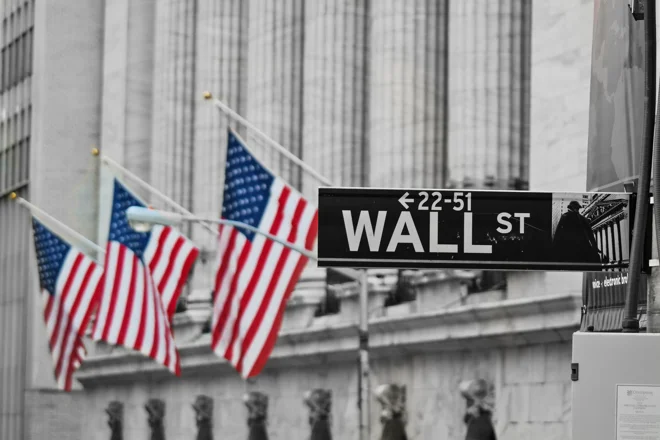Watching the Euro 2020 final this weekend reminded us of the expression “there’s no such a thing as a free lunch”. In markets, a few weeks ago the key worry was too high bond yields as rising inflation would lead to central bank tightening. Over time, this would weaken economic and earnings growth, negatively impacting equity prices. The past couple of weeks have been dominated by worries that too low bond yields are a sign that the cycle is rolling over, with macro indicators and policy stimulus both peaking, negatively impacting the stock market. We think it’s more nuanced than that, and believe that central banks will stay patient and the cycle has further to run, supporting riskier assets. Take the European Central Bank: the earlier-than-expected release of its strategic review unveiled a new inflation target symmetric around 2%, which should keep it dovish even if inflation was to spike temporarily, plus the inclusion of climate change considerations.
Is macro peaking? Global economic surprise indices are still in positive territory, although they’ve started to moderate. One reason for this moderation could be local ‘black swans’, such as outbreaks of more contagious virus variants triggering the reinstatement of restrictions in China, where the dataflow, lately, has surprised to the downside. Another reason could be that, with expectations having already been upgraded especially for the economies exiting the pandemic shock at an earlier stage, the bar is now higher to continue to surprise to the upside, such as in the US – where the economy still looks strong but no longer beating the consensus. The euro area and the UK, conversely, have started to recover at a later stage, so they have more scope to surprise positively (although Covid-19 remains a risk). With input shortages eventually easing and reopening demand subsiding, we also think inflation may be peaking over the next few months.
Is policy peaking? Monetary policy remains easy. Last week, the People’s Bank of China cut the required reserve ratio for banks, aiming to release liquidity into the market and support the economy. But the second half of the year is likely to see both the Fed and European Central Bank announcing that they’ll scale back their asset purchases – as the Bank of England has been doing for some time. So, while central banks will maintain an accommodative stance and continue to expand their balance sheets, partly as governments’ borrowing needs remain high, they’ll do so at a slower pace. Fiscal policy is currently expansionary and, going beyond the initial US infrastructure plan and the first instalments of the EU recovery fund, there’s more to go. But, on current budget plans, the bulk of the impulse looks likely to happen his year. The policy mix won’t be tight next year: debts will stay high, deficits wide, rates low and bond-buying ongoing. But it will likely be less loose.
Here’s why this matters:
More technical than fundamental: Of course, if the Delta or other virus variants were to trigger widespread restrictions to mobility, there would be a catalyst to downgrade the growth outlook. But, so far, it’s not obvious that very strong though slightly less buoyant macro conditions are the key driver of the sharp decline in bond yields, especially to such a low level. If the economy normalises, so should policy, to mitigate the risk of financial instability and the need to tighten more aggressively later on – and that’s a good thing. If the inflation spike turns out to be transitory as we believe – and as inflation expectations now suggest – the Fed won’t need to tighten policy that much. So bond yields won’t have to rise that much either, supporting riskier assets. Alternatively, this relatively small shift may have caught investors used to better and better data and more and more stimulus by surprise – they’re now covering their shorts and duration underweights, triggering a technical market correction.
Great vs good vs good enough: To be clear, the underlying momentum in economic and earnings growth still looks solid. And, while setbacks are possible, bond yields should rise as the economy gets better and we all leave the pandemic behind. However, markets are forward-looking, and so price in things before they show up in the macro data. They lead the economy, not the other way around. Markets are more about the coming change to growth than the current level of growth. So, for markets, keeping that change positive going forward (continuing to accelerate) is more important than whether the level of economic activity is still strong. Even though there’s something to be said about this interpretation, the key question is whether the dataflow, while shifting from great to ‘just’ good, will be seen as good enough by markets: ongoing recovery, patient central banks and low bond yields (but eventually rising a bit) are good news for riskier assets such as equities. This is our base case.
Meanwhile, here’s what’s happening over the next few days…
A mixed bag: The US has some key activity data out, which will be worth following to see what sort of pace of expansion the economy has settled into now that most virus-related restrictions have been lifted. Expectations are for a temporary fall in retail sales and modest gains in industrial production. More broadly, global supply-chain disruptions are affecting car manufacturing, which could lead to a contraction in industrial output in Europe. Of the more important forward-looking indicators, the consensus expects a pickup in US consumer sentiment. US inflation data are likely to stay elevated, though the pace of monthly increase appears to be slowing. In China, Q2 GDP growth should show an acceleration from the previous quarter, though not back to the faster pace of the end of last year. A more mature cyclical phase after a solid recovery, supply bottlenecks and Beijing’s efforts to cool the property market would point to a robust but more moderate expansion phase ahead.
Daniele Antonucci | Chief Economist & Macro Strategist
This document has been prepared by Quintet Private Bank (Europe) S.A. The statements and views expressed in this document – based upon information from sources believed to be reliable – are those of Quintet Private Bank (Europe) S.A. and are subject to change. This document is of a general nature and does not constitute legal, accounting, tax or investment advice. All investors should keep in mind that past performance is no indication of future performance, and that the value of investments may go up or down. Changes in exchange rates may also cause the value of underlying investments to go up or down.
Copyright © Quintet Private Bank (Europe) S.A. 2021. All rights reserved.





